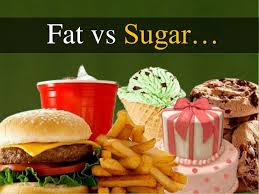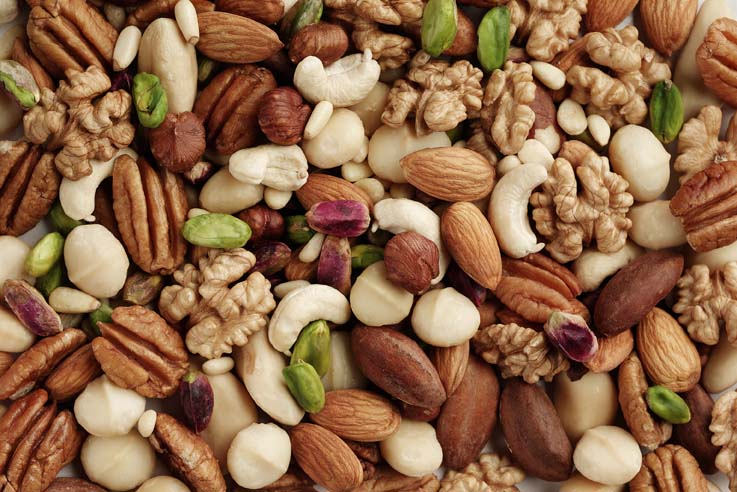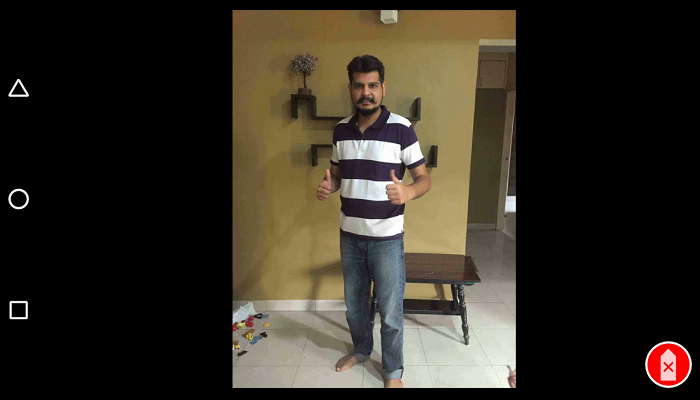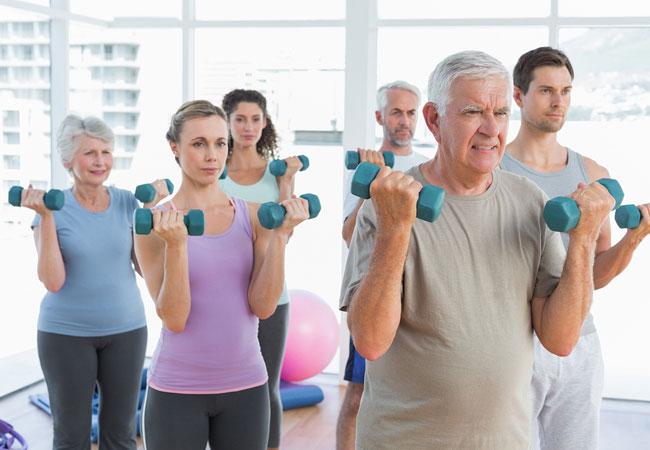
You may have heard that carbohydrates can lead to weight gain (and this very statement might cause you to think that sugar is worse) but, you probably have also heard that fat can lead to weight gain (and this statement may force you to think fat is worse). With these two different thoughts in your head, you find yourself hopping from a low-fat diet to a low-carb diet and then back to a low-fat diet.
Well, if you are confused as to which one is worse (Fat or Sugar), you are not the only one. This ‘fat v/s. sugar’ debate has been on for a long time and has created lots of dialogues and articles – none of which however come up with a clear picture.
Here is the truth: While there is actually no good sugar that you can include in your everyday diet, fat can be good or bad (depending on the kind you pick).
Excessive Sugar Equals Fat:
Excessive sugar converts to fat in your body; as you eat something sugary or drink a soda, your body does not use all the energy that is produced by sugar. The extra sugar that you consumed, is stored by your body and eventually, is turned into fats. Therefore, an intake of too much sugar has no nutritional value other than it getting stored in the body and converting to fat. Sugar is present in common snacks like biscuits and cakes, cereals, fruits, aerated drinks, smoothies and ready meals. Limiting the sugar intake should be a priority for you to maintain a healthy body. There are many negatives of a high sugar diet.
- High sugar diets can lead to resistance to insulin resulting in diabetes.
- The main reason for causing caries in teeth.
- Sugar-rich diet raises Low Dietary Lipoprotein (LDL) (bad cholesterol), blood glucose and insulin levels. These are all major risk factors for heart disease.
- Sugar is addictive and causes the release of dopamine in the brain. The pleasure sensation that the brain gets when dopamine levels are elevated creates an addiction.
- Excess sugar is not used up by the body and is stored as fat for future use. It is a major cause of obesity.
- However, fruits contain a small amount of fructose. Humans can easily tolerate the small amounts of fructose found in fruit. Reduce the added table sugar in your diet.
Fat Depends – there are good fats and bad fats:
- Fat is considered deleterious to health and the root cause of high cholesterol. However, there are different kinds of dietary fats
- Saturated – Animal fats and dairy
- Monounsaturated – Olive oil, avocado, ground nuts and
- Polyunsaturated – Omega-3 and Omega-6 fats in fish, walnut and flax seeds.
- Eating a moderate amount of saturated fats, such those found in butter and meats, coconut oil along with seed oils such as olive and avocado are okay.
Foods with good fats are vital for good health:
- Essential for absorption of fat soluble vitamins like Vitamin A (vision), Vitamin D (strong bones), Vitamin K (blood clotting), and Vitamin E (healthy skin). These vitamins are vital for brain health.
- Saturated fats found in butter and coconut oil play a role in improving immunity. The saturated fats are present in white blood cells and their loss can reduce the ability of white blood cells (WBC’s) to kill germs.
- Less fat in the diet can lead to skin becoming dry and chapped.
- Fats provide twice the caloric energy as sugars. A fat rich meal helps to keep the body satisfied. A diet rich in walnuts, salmon, olive oil, and butter aids in weight maintenance.
- Omega-3 and Omega-6 fats raise the levels of High-density lipoprotein (HDL or good cholesterol) in the blood.
In conclusion, I would say both sugar and fat cause equal damage and cause us serious medical problems and especially when bad fats are combined with sugar in a meal. You need to come up with a diet plan that avoids sugar completely and uses only good fats. Also, avoid processed foods and eat whole natural foods along with regular exercise.






